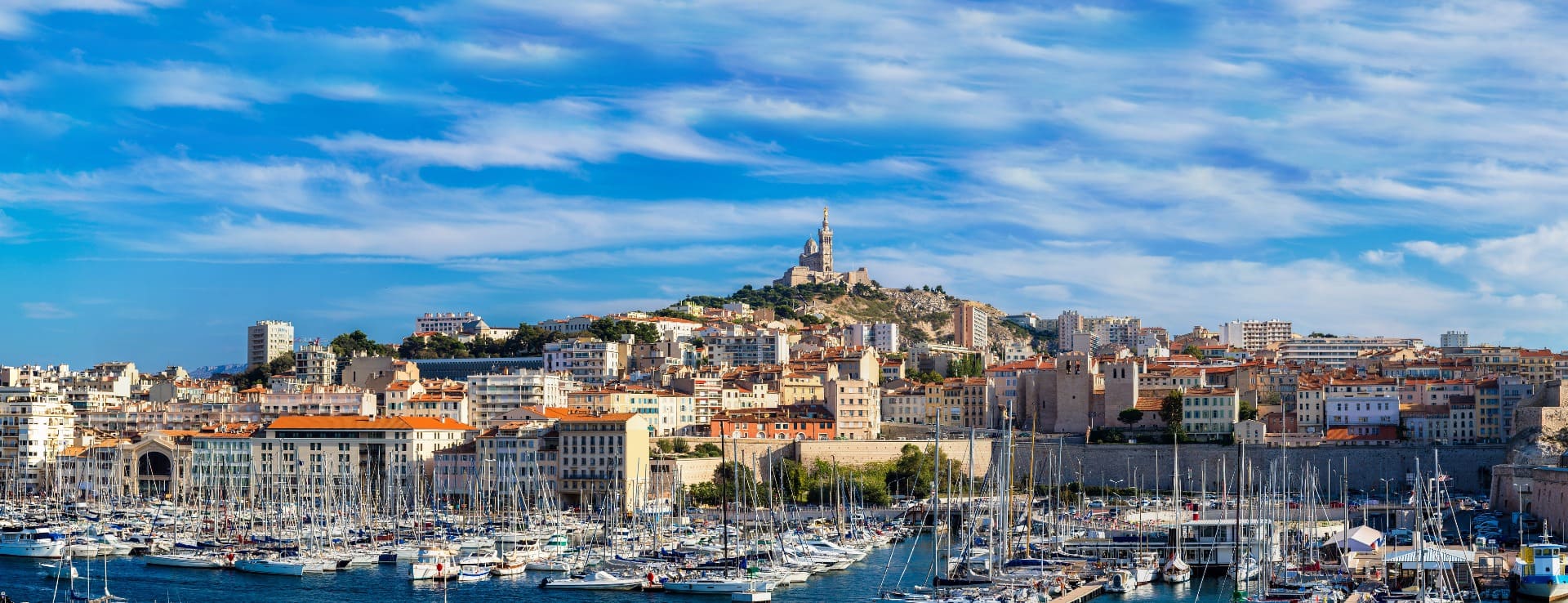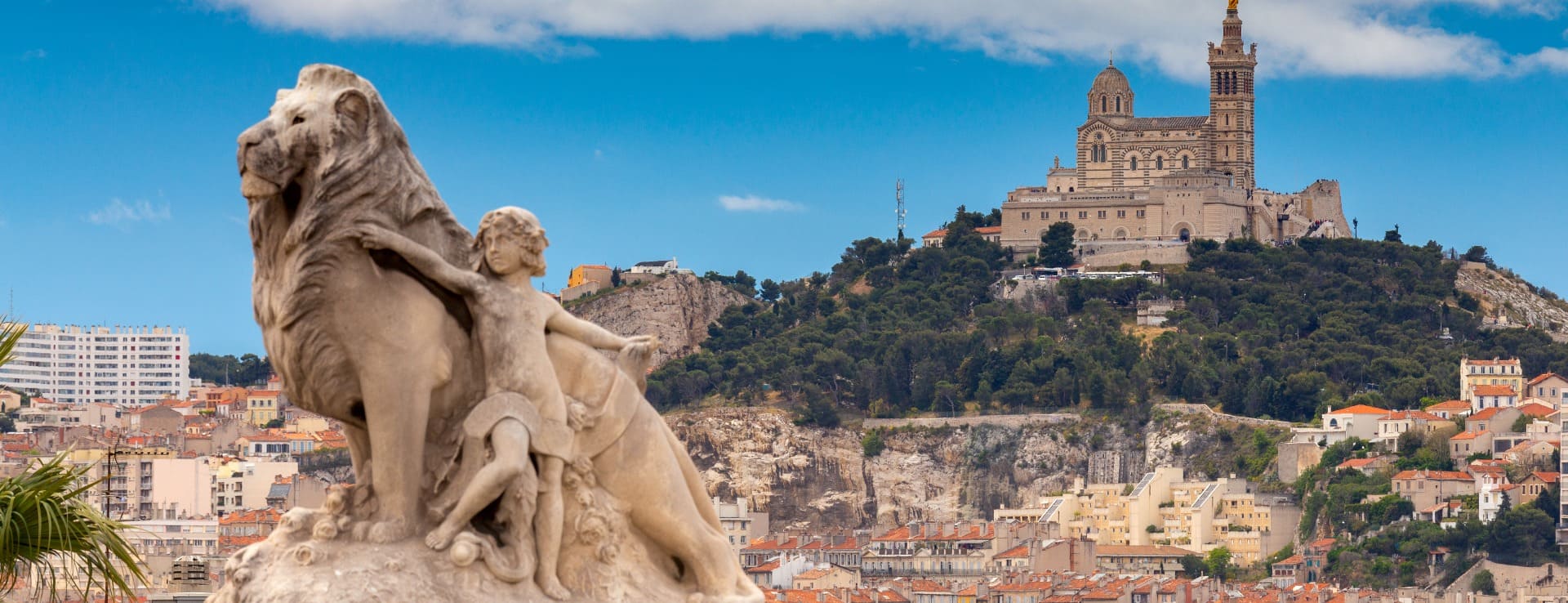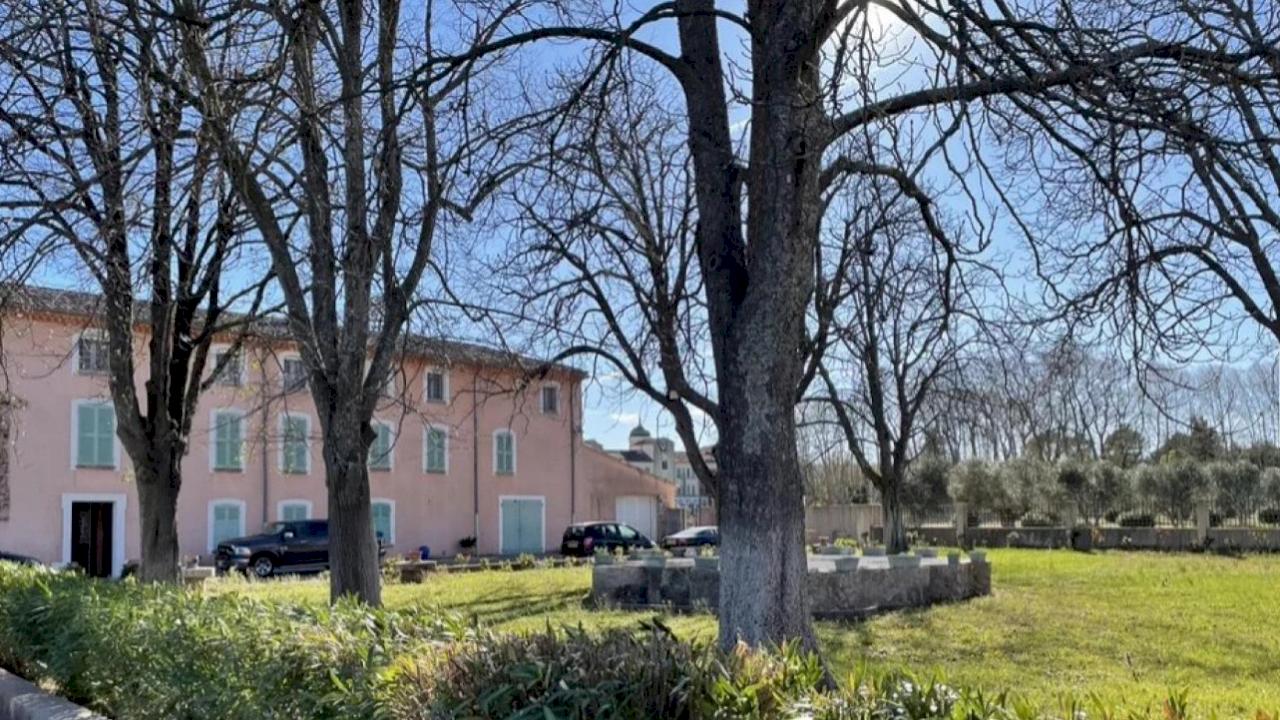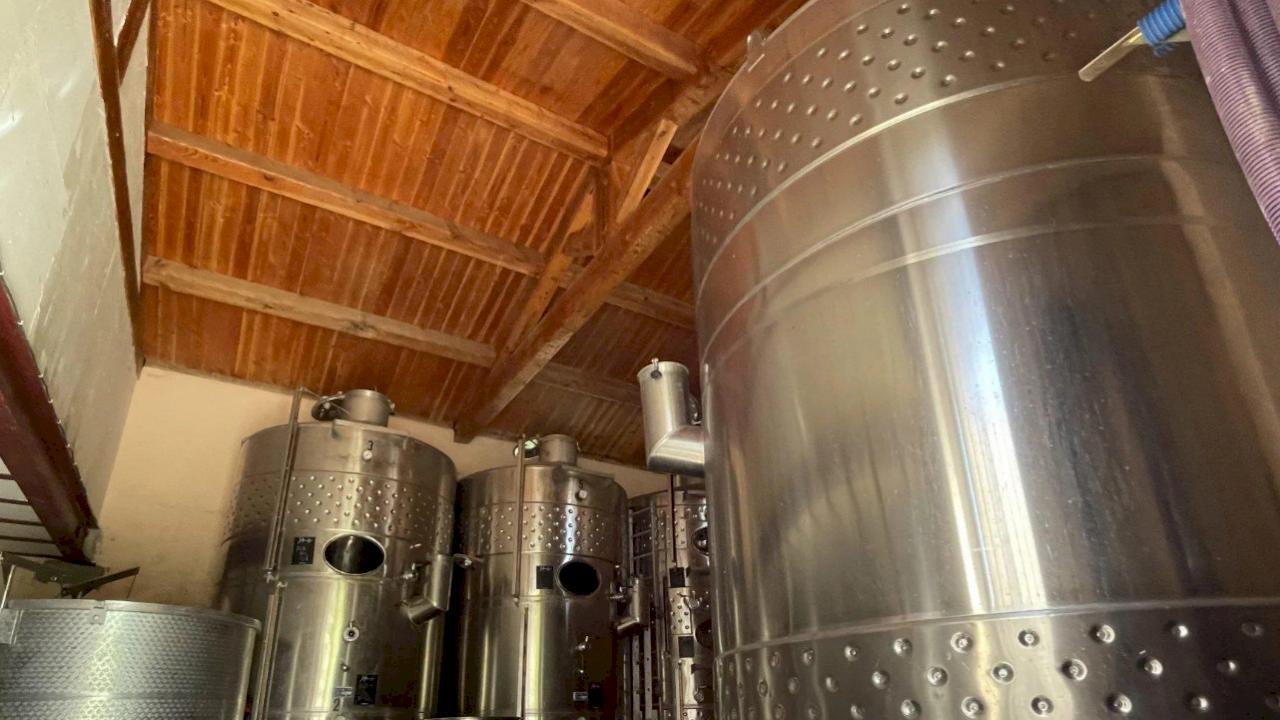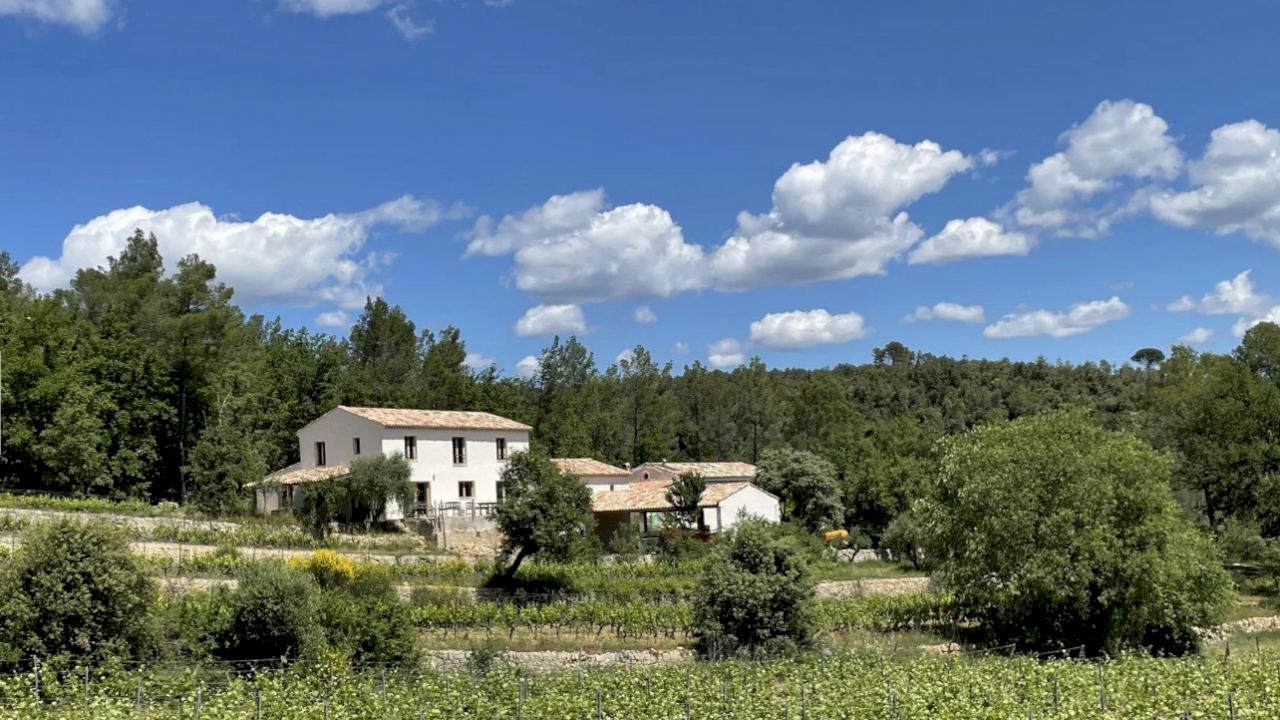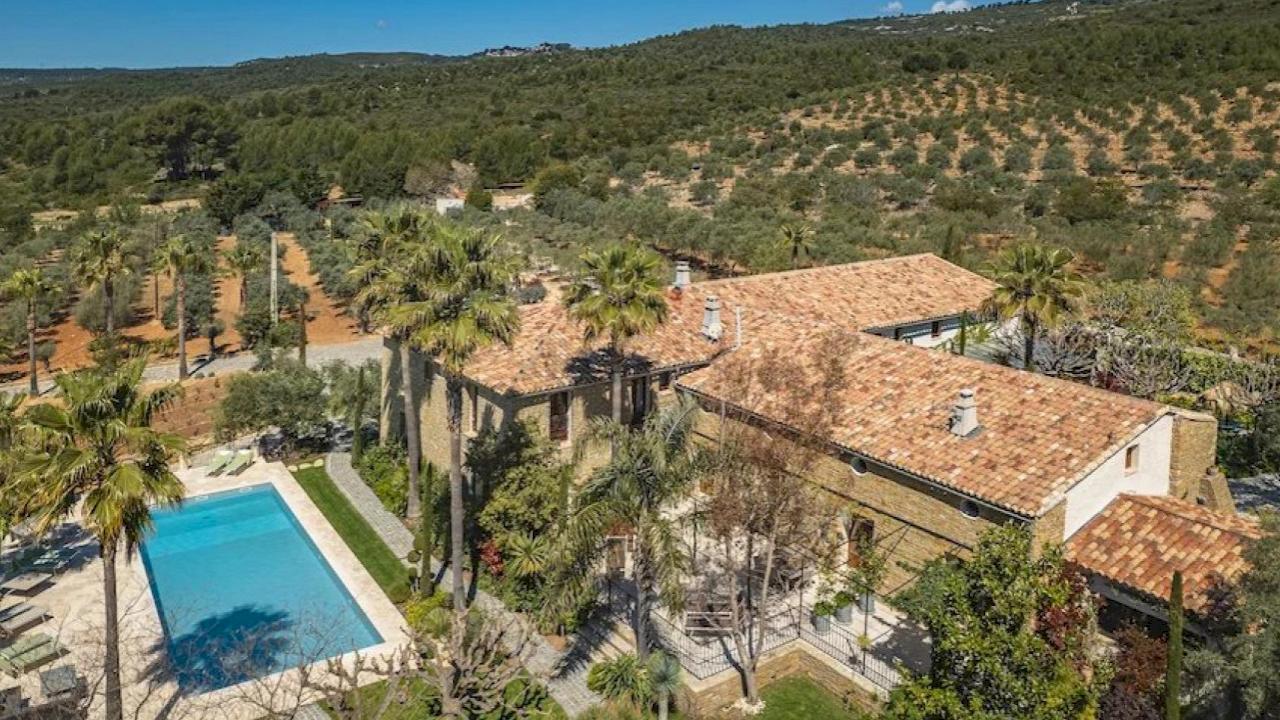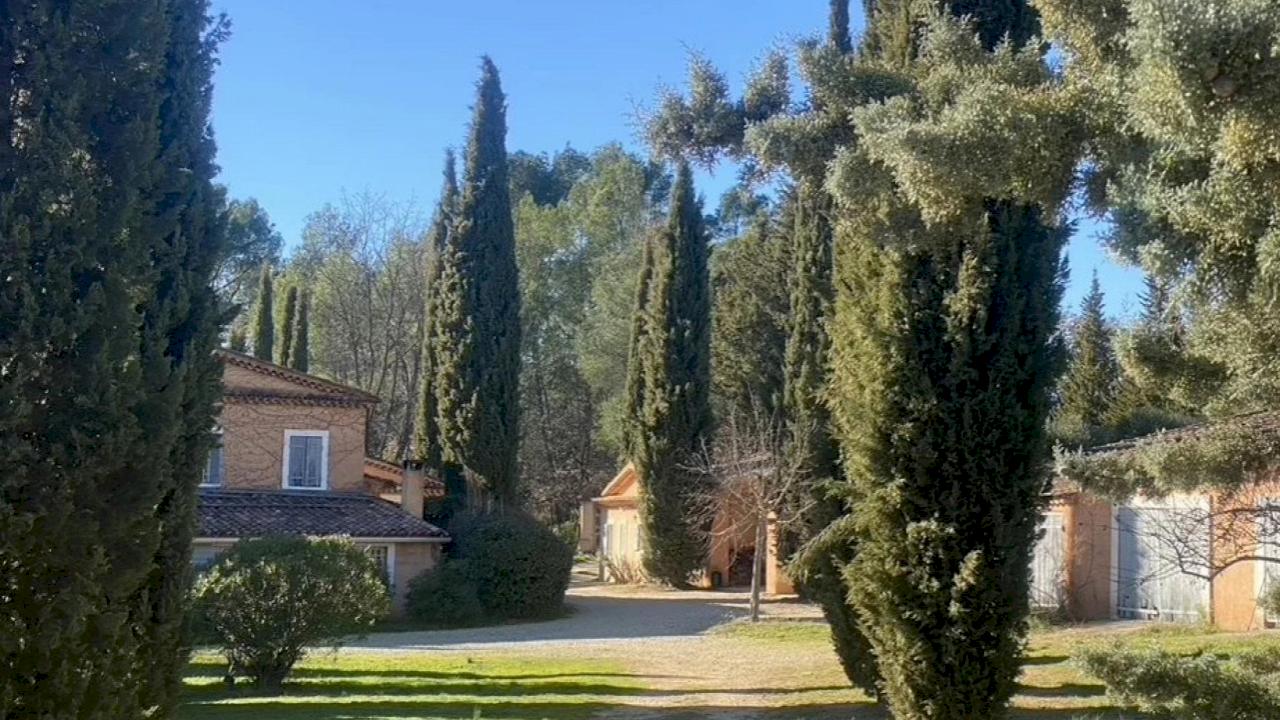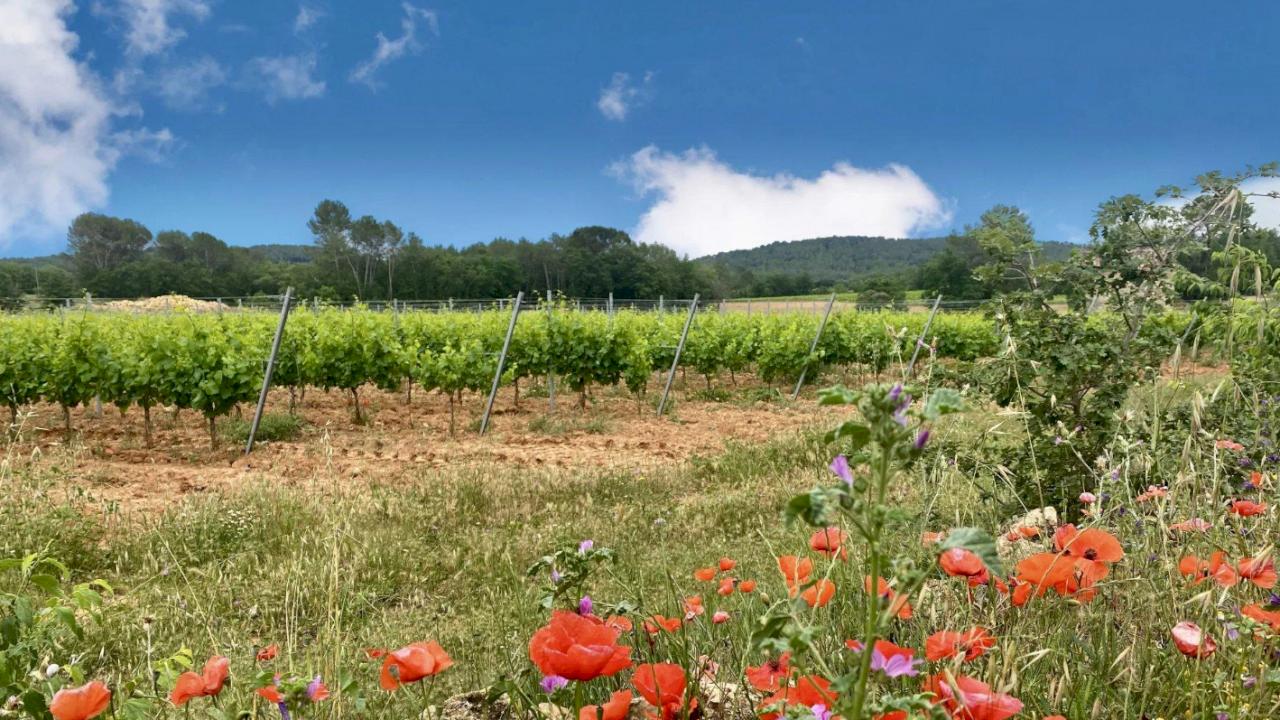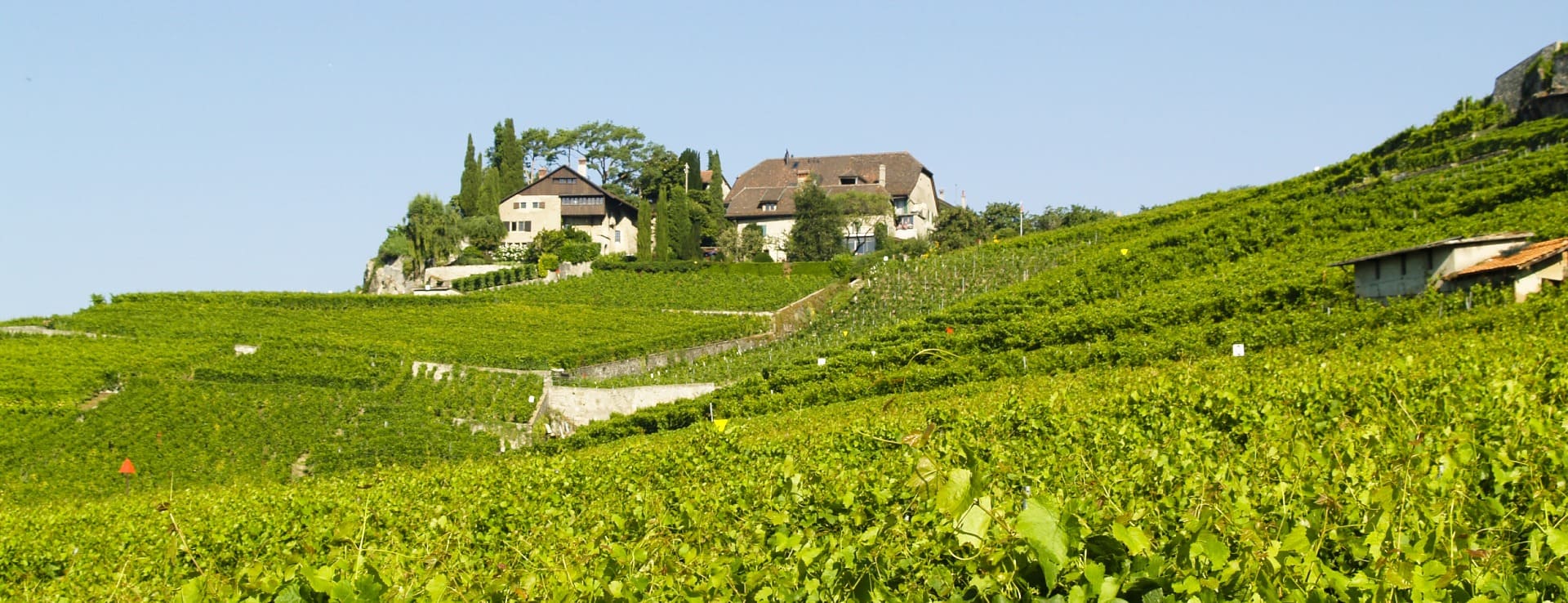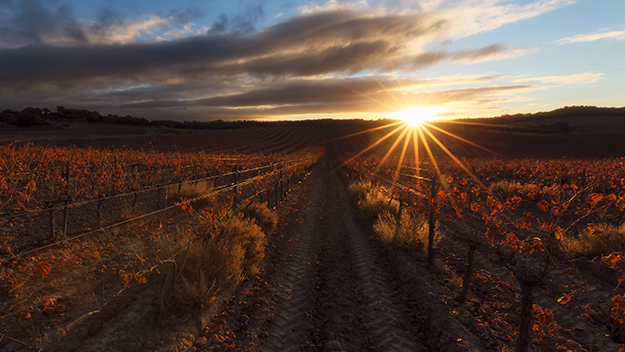Find your winery or vineyard
9 Wineries and Vineyards for sale in AOC Côtes de Provence

IMPORTANT ESTATE AT CÔTES DE PROVENCE GOLDEN TRIANGLE
CÔTES DE PROVENCE
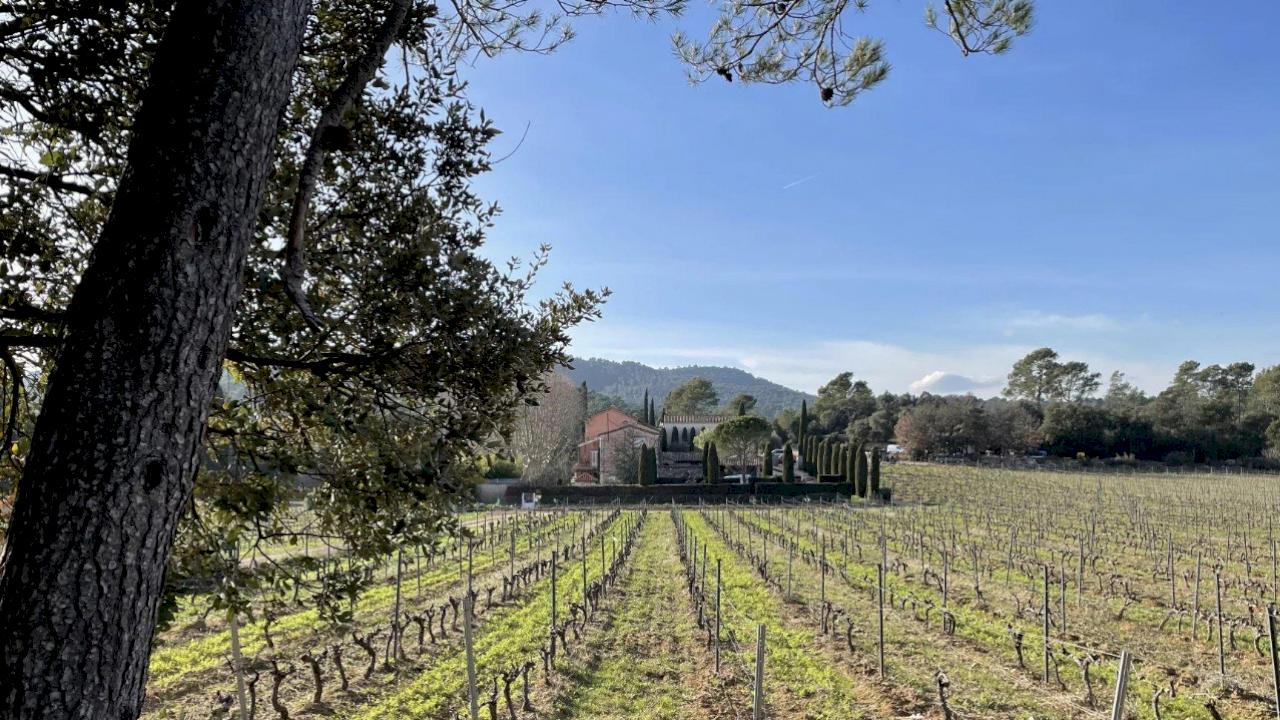
CHARMING BASTIDE IN THE HEART OF THE CÔTES DE PROVENCE AREA
CÔTES DE PROVENCE
Infographic of the Denomination of Origin
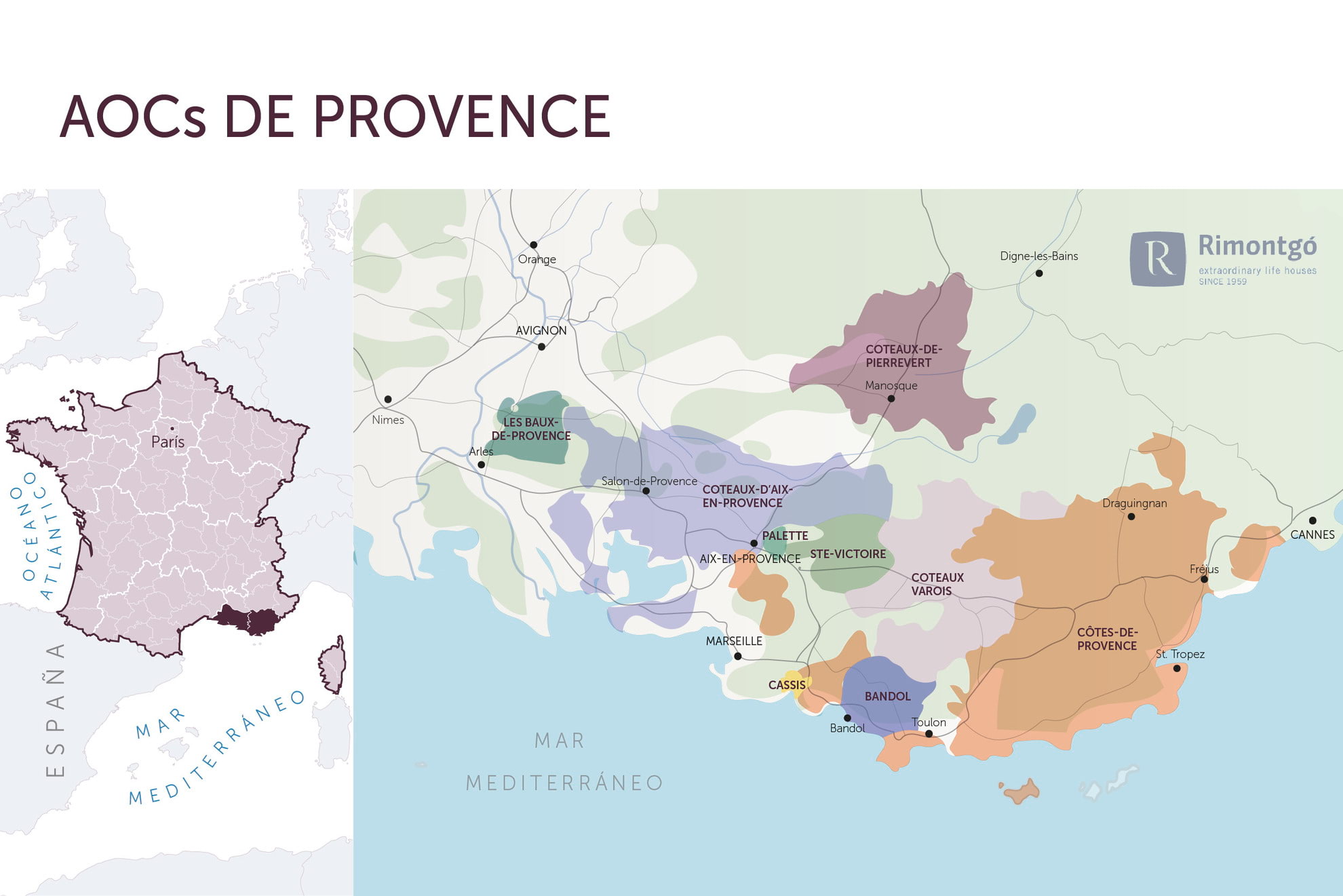
Change to imperial units (ft2, ac, °F)Change to international units (m2, h, °C)
AOC Côtes de Provence
HISTORY
Viticulture has spread over the centuries, imported by the Greeks who brought the first vines for planting, expanded by the Romans, continued by trade from the Mediterranean basin and finally maintained thanks to tourism.
The culture of the vine was imported by the Greeks or by the Phoenicians, as there are two theories on the colonisation of the coasts in the 6th century BC. The Phoenicians who came from Asia Minor led by Protis founded Marseilles which became a port of entry for the wines of the Hellenic world to Gaul. But it was the Roman conquest that really contributed to the development of viticulture. Under the Roman Empire, the wines of Provence were recognised by thinkers such as Virgil and Pliny. But with the fall of the Roman Empire also came the fall of local viticulture. It was not until the establishment of the first religious congregations that the culture of the vine made a comeback. In Provence, the abbeys of Saint-Victor in Marseille, Lérins outside Cannes, Saint-Pons in Nice and Thouronet produced table wines and, as they developed, marketed part of their production.
From the 14th century onwards in Provence, nobles and notables bought land and planted vineyards, marking the debut of modern viticulture in the region. The Counts of Provence, in turn, participated in its prosperity. Their vineyards would spread out to form a triangle whose summits merged with Saint-Rémy de Provence, the Etang de Berre and the Montagne Sainte-Victoire. Then, in the 15th century, Roy René, aptly named Roy Vigneron, gave his letters of nobility to the Provençal vineyard by making it known to most of the courts of Europe.
After the French Revolution, the vineyards experienced a long period of crisis and a drop in sales. It was not until the arrival of the railway in Provence in the middle of the 19th century that local viticulture was renewed and prospered.
Provençal vines continued to grow throughout the 19th century, despite stiff competition, especially from other vineyards in the south. It was then that phylloxera, which arrived from Languedoc in 1880, destroyed most of the vines, leaving the district of Aix with only a fifth of its old vines. It was not until after the Second World War, thanks to the birth of the AOCs and the arrival of a new generation of winemakers, fervent defenders of quality, that the vineyards developed strongly. And finally, it was the success of tourism that would end up consolidating the marketing of local wines. This situation gradually directed the Provençal vineyards towards rosé production, which was both the vector for immediate economic success thanks to the summer clientele, as well as a clear brake on the emergence of other, higher quality expressions of regional viticulture.
Because they come from the sweet southern climate and the aromas of these sunny lands, Provence wines are often thought to be easy wines and show off shamelessly, and it is true, the multitude of rosés produced and served too cool in seaside restaurants does not contradict this reputation. The excess of cold when serving the wine also disguises some of the wine's defects. However, not to worry, not all wines are like this anymore. It is in the mouth that the best wines reveal their profound nature. The reds from Bandol, where the original personality of the terroir and grape varieties have propelled these wines to the elite of the great French red wines, and the reds from Côtes de Provence are powerful in their youth, after a few years they refine and slip in the mouth with their fine and fleshy tannins, as well as an aromatic complexity mixed with tones of ripe fruit, spices, cocoa, meat (if in the wine there is Mourvèdre). With time we also find notes of elaborated fruit.
CLIMATE
The terroir of the Côtes de Provence appellation is as beautiful in the vines as it is in the roots. In fact, the subsoil is of a complex geology, particularly suitable for wine. Two major geological groups coexist in the Côtes de Provence: a chalky one to the north and west, and a crystalline one to the south and east. The entire western and northern part of the Côtes de Provence is made up of alternating hills and limestone bars sculpted by erosion. Further east, facing the sea, the crystalline massifs of the Moros and Estérel emerge. This crystalline massif is partly made up of rocks of eruptive origin.
SOILS
As a result of the extent and variety of the terroir, there is not one but several types of Côtes de Provence. Each has its own geological and climatic personality. Eight production areas make up the appellation: Bordure Maritime, Notre-Dame des Anges, Haut Pais, Bassin du Beausset, Sainte-Victoire mountain, Fréjus, La Londe and Pierrefeu. Currently, five "complementary geographical names" are recognised there, each producing wines with marked typicity: Côtes de Provence Sainte-Victoire, Côtes de Provence Fréjus, Côtes de Provence La Londe, Côtes de Provence Pierrefeu and Côtes de Provence Notre-Lady des Anges (from 2019).
WINERIES
Domaine Bunan-Châteu la Rouvière, Domaine de la Courtade, Domaine du Deffends, Domaine Dupéré-Barrera, Château Jean Pierre Gaussen, Domaine de la Laidière, Domaines Ott-Château Romassan, Domaine Ott-Clos Mireille, Domaine de Rimauresq, Château Roche Redonne, Domaine Le Bastide Blanche, Domaine Gavoty, Château Sainte-Roseline, Domaine de la Tour du Bon, Château Vignelaure, Château de Belles, Château de Roquefort, Domaine de Frégate, Domaine du Gros North-East, Domaine Lafran-Veyrolles, Domaine Sorin, Domaine de Triennes, Château de Pibarnon, Domaine Tempier, Château Pradeaux, Château Vannières.
Discover more wineries and vineyards for sale in these wine regions in France
Subscribe to our mailing list to receive news about wineries and vineyards.

